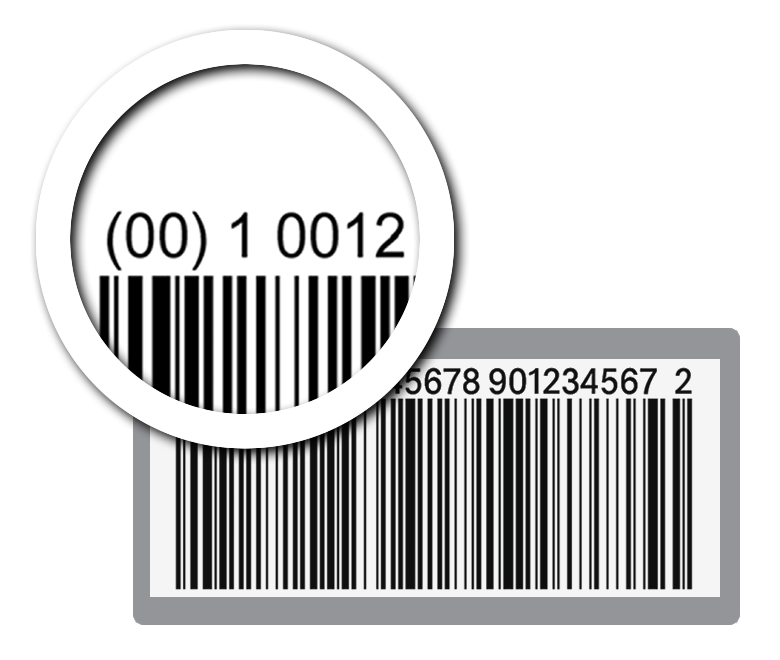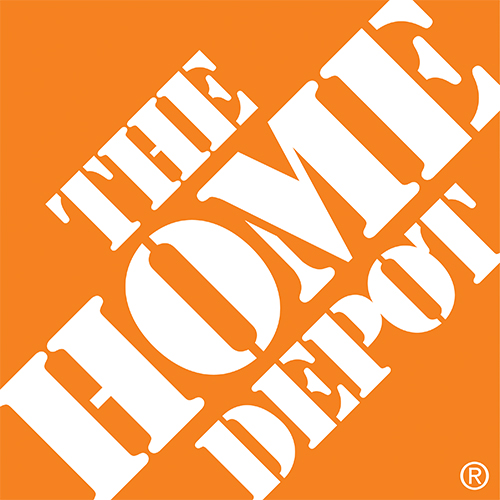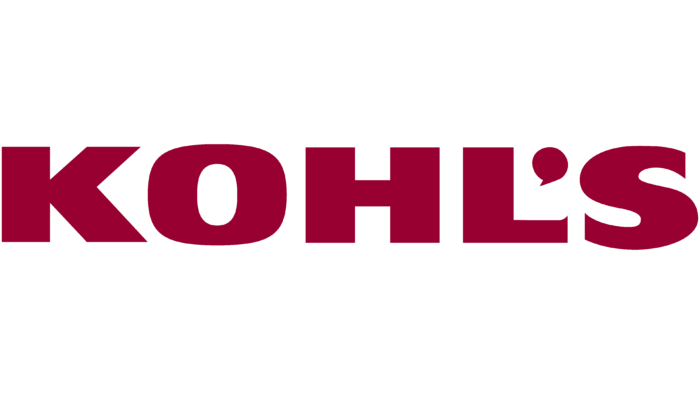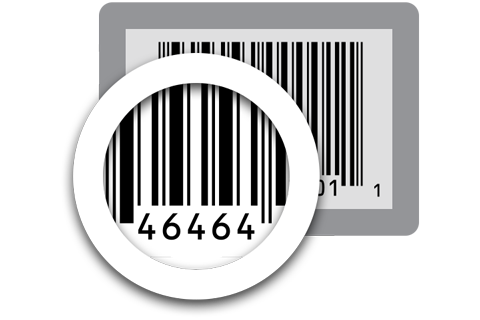SUPPLIERS CHALLENGED DURING RETAILER ONBOARDING
While most EDI service providers can generate compliant GS1-128 label data, there’s a breakdown in implementation. Their clients are failing retailer barcode certification during onboarding at alarming rates, and the inadequate printing guidance provided by EDI support teams is exacerbating supplier frustration and delays. This situation is occurring frequently across EDI providers of all sizes, causing vendor pain and retailer frustration.
CHALLENGES FACED BY SUPPLIERS
EDI providers often view GS1-128 shipping labels as universally simple and standard, assuming they work consistently across all environments. However, many are unaware of the critical dependence retailers utilizing high-speed scanning environments have on compliant supplier-provided labels and the challenges new supplier experience.
This issue is real and typically stems not from technical deficiencies, but from inadequate supplier support and training. Frustrated EDI provider clients struggling with GS1-128 label certification often do not receive the actionable guidance needed to resolve their compliance failures.
BCG GS1-128 Proficiency Recognition
A program to recognize EDI providers that are committed to helping their clients comply with exacting GS1 standards-based retailer shipping label requirements. Our goal is not to make this a complex process, but rather an exercise bolstering support that provides wins to retailers, suppliers and EDI providers.
This program entails a review of technical capabilities, guidance, and support processes.
Physical Retailer GS1-128 Sample Labels
A minimum of 3 label samples will be required to convey compliance to trading partner requirements.
GS1-128 Label Printing Instruction and Guidance
Documentation addressing print quality, data integrity and instructions based on printing solution.
Documentation and Support Processes
A review of internal escalation process and support based on label printing alternatives (PDF printing, ZPL, APIs, etc.)
Our Authority
Bar Code Graphics is recognized as an unbiased 3rd party barcode print quality testing authority by retailers, manufacturers, distributors and industry associations. Services include GTIN and GS1 barcode verification testing, retailer specific certification programs, and barcode compliance administration. Over 12,000 label samples are evaluated every year.
Since 1998, we have established dedicated testing programs for: Sears, Kmart, JCPenney, Home Depot, Sports Authority, Kohls, Stein Mart, Stage Stores, and TrueValue. All of these retailers relied on high-speed sortation scanning within their supply chains.
Retailers that utilize our barcode compliance administration services empower us to support compliance offsets and protect their suppliers’ interests against inaccurate barcode reporting. Our barcode compliance portals can share data with existing retailer compliance scorecards. In addition, our GTIN and GS1-128 certification programs are integrated into supplier onboarding processes.
Frequently Asked Questions (FAQs)
Our goal is not to make this a complex process, but rather an exercise bolstering support that provides wins to retailers, suppliers and EDI providers.
Is this a “Certification” program and will our clients have to submit labels?
This is definitely NOT a certification program. The certification programs we administer for retailers are based on ship point location, so suppliers can demonstrate their capabilities in the actual environment where EDI shipping labels will be printed.
How come most of our clients do not have GS1-128 label issues with other retailers?
Despite including GS1-128 labels requirements in their vendor guides, very few retailers leverage high-speed sortation environments that are reliant on barcode dimensions and print quality adhering to the GS1 General Specifications.
In addition, many retailers use 3rd party technology partners for their EDI onboarding process. They commonly charge a flat fee, so their GS1-128 label testing evaluations may not adhere to the GS1 global standards nor follow the ISO/IEC 15416 Bar Code Print Quality Test Specifications.
Why does it appear that Bar Code Graphics certification criteria is overly strict?
Most retailers lack the resources or knowledge to correctly verify supplier barcodes. Unlike other compliance issues, barcode quality problems are not visually detectable without specialized equipment. Suppliers often view barcode chargebacks as retailer “profit centers”, despite non-compliant labels causing real operational disruptions in automated systems. Our strict reliance on GS1 Global Standards provides a unified framework – the same criteria that determines certification also governs compliance enforcement during supply chain disruptions.
What type of instructional guidance documentation is required?
The goal of the program is to ensure that clients understand the critical printing variables based on a providers’ available label printing solutions. For example, if a provider offers a ZPL (Zebra Programming Language) solution for designated thermal printers, the instructions should convey basic thermal transfer printer factors such as guide adjustment, material considerations and printhead issues. The instructions for print from PDF solutions should address basic scaling and laser printer settings.
Furthermore, our testing lab routinely reports issues with new suppliers not correctly using a GS1 Company Prefix or placing the prefix in the incorrect position. This basic information and a callout to check minimum left/right quiet zones would address many of the issues plaguing new suppliers during onboarding.
Unless we identify something technically incorrect, we will not be judging instructional content but rather reviewing content so that new suppliers have a better chance of passing on their first test submission for each of your company’s available EDI shipping label solutions.
How does Support Documentation and Process review differ from instructional guidance?
Currently, when a new supplier is struggling with GS1-128 certification, their EDI provider contacts are not equipped to provide escalated assistance. There are many minor factors that may impact print quality (example for PDF printing), and front line EDI support contacts need to provide additional guidance and hand-holding support.
Which sample retailer GS1-128 labels need to be submitted?
The testing fee for the GS-128 Proficiency Recognition Program includes (3) ISO/IEC 15416 Barcode Print Quality evaluations. Bar Code Graphics has certification programs for JCPenney, Home Depot, and Kohl’s. JCPenney is requesting that EDI providers provide samples of both their Retail and eCOMM EDI shipping labels. Our testing lab provides assistance to over 4,700 active retail suppliers, and routinely evaluates shipping labels for other major retailers and marketplaces (i.e. Amazon). EDI providers can optionally elect to have additional label formats evaluated.
When a company is designated as GS1-128 Proficient, how is this recognition conveyed?
Upon successful designation of becoming GS1-128 Proficient, Bar Code Graphics will notify our retailer partners of achievement within 5 business days. EDI companies may also choose to provide a logo, which will be added to this informational page and shared on LinkedIn. Formal correspondence with a designation icon will also be provided.
Is GS1-128 Proficiency Recognition a one-time process?
No. The EDI Provider GS1-128 Proficiency Recognition is valid for one year renewing January 2027. Renewal WILL NOT require mandatory label testing but a review of current label printing guidance and support documentation/processes. This renewal is necessary to ensure ongoing compliance and trouble-free onboarding of future new suppliers. The cost for annual renewals starting January 2027 will be $230.






